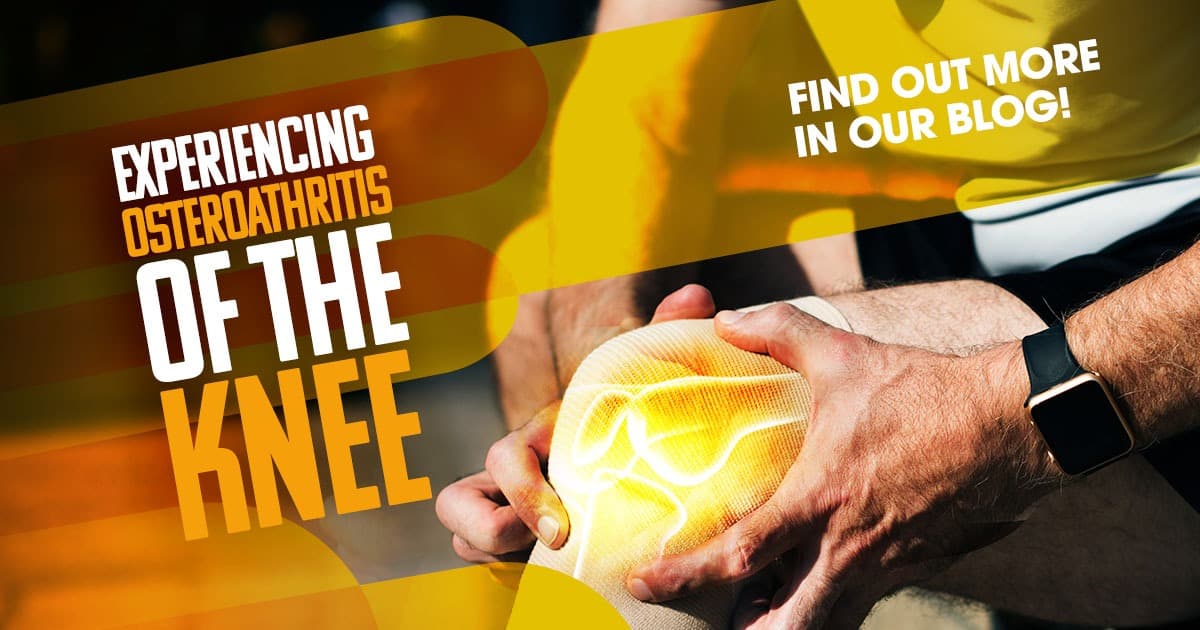All of our joints have a typical damage and repair process. With osteoarthritis (OA), the immune function meant to heal, instead leads to joint degeneration. OA is the most common form of arthritis, and it affects the knee most often. OA takes several years to develop and is usually not noticed until in the advanced stages. Knowing what OA of the knee feels like and what puts you at risk can help reduce your chances of permanent damage.
What OA of the Knee Feels Like

The bones, cartilage, and lining of the joints are all affected by OA. The body’s immune response attacks these parts of the knee, wearing them away, decreasing the protective space between the bones. Eventually, the knee bones begin to rub against each other, causing the following symptoms:
- Pain during or after movement.
- Stiffness after periods of inactivity.
- Loss of flexibility.
- Grating sensation as bones rub together.
- Swelling is caused by inflammation of the knee.
The knee may feel unstable along with the pain due to the knee’s shape changing from the loss of cartilage and bony spurs forcing the knee out of position. OA can take place in one knee or both.
Risk Factors of OA of the Knee
The risk of developing OA increases with age, occurring in those over the age of 50. Women are more likely to develop it, though the reasoning isn’t clear. Other top risk factors are:
- Obesity– Excess weight adds stress to the body’s weight-bearing joints, like the knee. The proteins produced from fat tissue also cause joint inflammation.
- Joint Stress and Injury– Repeated stress to joints and injuries to them raise your risk for QA later on even if appropriately healed.
- Genetics– In some cases, the tendency to inherit OA is raised if there is a family history.
How OA is Treated
OA cannot be reversed, but progression can be slowed by maintaining a healthy weight, keeping active, and following your doctor’s treatment plan. Medications can reduce inflammation and help with pain, and physical and occupational therapies strengthen muscles around joints. In more severe cases, injections can help with knee pain and add a temporary cushion to help with mobility and pain. Surgery options consist of creating a better knee alignment or joint replacement.

There is still so much we don’t know about osteoarthritis; like why women are more susceptible, and why the immune response is broken in those with OA. Clinical research studies focused on OA help gain the knowledge needed to find new, improved ways to detect, treat, and prevent this painful disease. These advances would not be possible without the volunteers that participate in studies. Here at Charlottesville Medical Research, our mission is to advance healthcare for diseases like OA through our clinical research studies. To learn more about our enrolling studies for OA, call (434) 817-2442, or visit our website for more information.
References:
https://www.versusarthritis.org/about-arthritis/conditions/osteoarthritis-of-the-knee/


